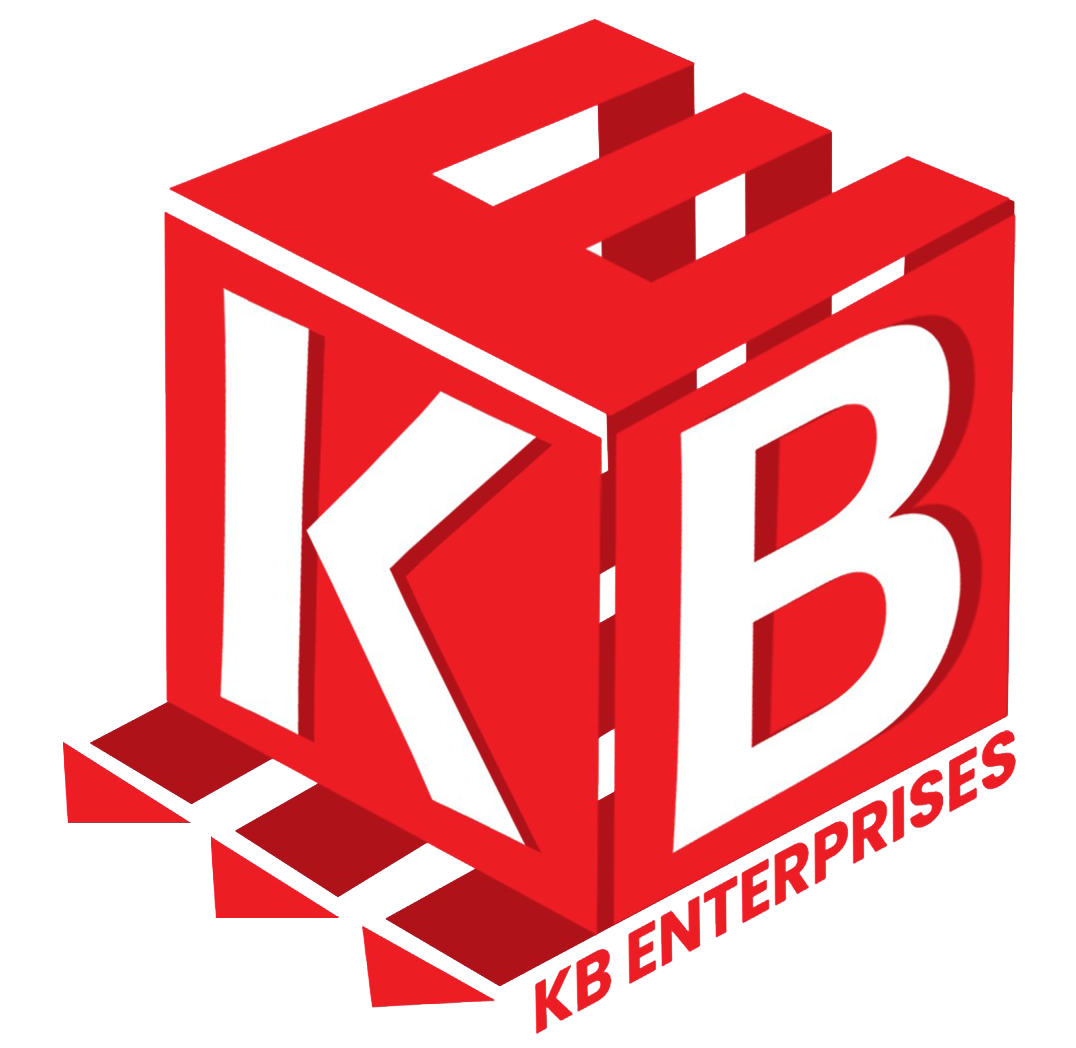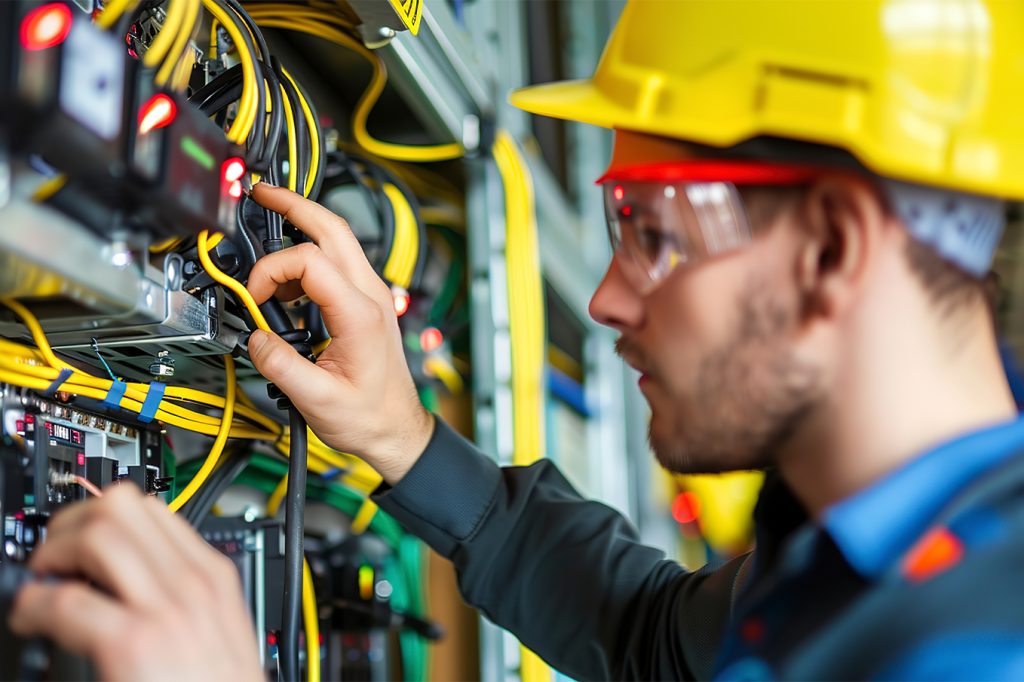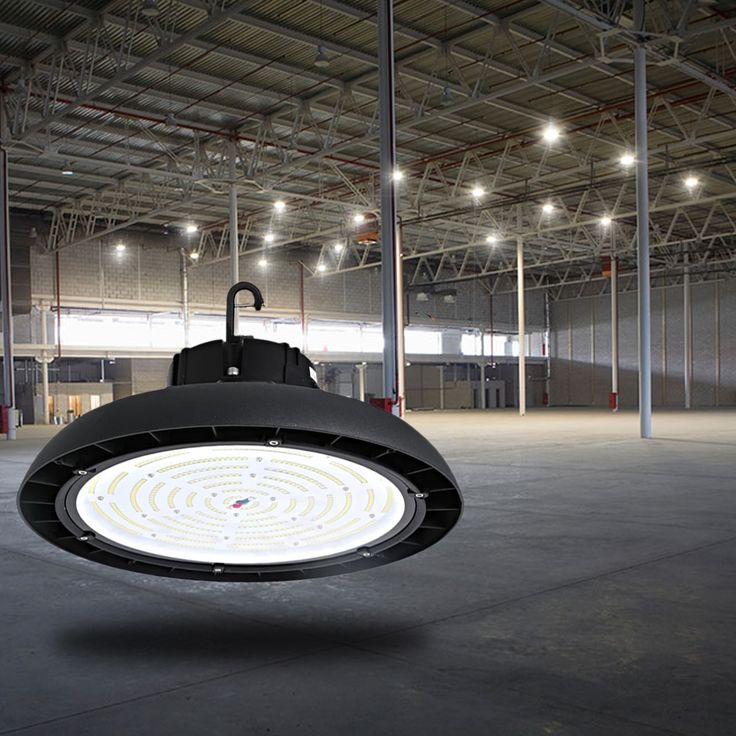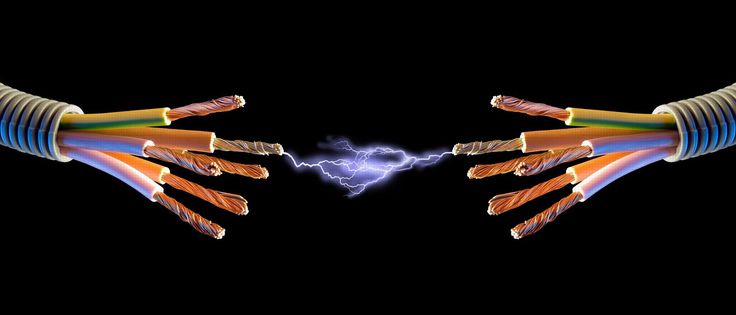Electricity powers everything from homes to factories, but behind the scenes, the electric panel is the unsung hero that manages it all. Also known as a Distribution Board or Panel Board Accessories, it plays a crucial role in ensuring safe and efficient power distribution. Whether you’re a homeowner, technician, or facility manager, understanding electric panels is essential for energy safety and control.
At KB Enterprises, we specialize in providing high-quality electric panels and accessories tailored for residential, commercial, and industrial applications. Our products are designed to enhance safety, performance, and durability in every setting.
What is an Electric Panel?
An Electric Panel is the central hub that distributes electricity from the main power source to different circuits throughout a building. It acts as the control point for all the electrical systems, ensuring that power is delivered safely and efficiently to appliances, machinery, lights, and outlets.
You’ll typically find electric panels in utility rooms, garages, basements, or outdoor enclosures, depending on the building’s structure.
Types of Electric Panels
- Main Breaker Panel – Contains the main breaker that controls all electricity in a building.
- Sub Panel – Used to extend the electrical system to other areas (e.g., garages, workshops).
- Fuse Box – An older version of distribution boards using fuses instead of breakers.
- Industrial Control Panels – Used in factories and industrial settings to manage complex equipment and machinery.
Why is an Electric Panel Important?
- Distributes Power – Sends power from the utility source to various circuits.
- Protects Devices – Prevents electrical overloads and short circuits.
- Enhances Safety – Prevents fire hazards through circuit breakers or fuses.
- Facilitates Maintenance – Easy to cut power to specific circuits during repairs.
Key Components of an Electric Panel
Here are the main components you’ll typically find inside an electric panel:
1. Main Breaker
- Acts as the master switch for all electrical power in the panel.
- Controls and disconnects the entire electrical supply.
2. Circuit Breakers
- Protect individual circuits by tripping when current exceeds safe levels.
- Available in single-pole, double-pole, and specialty types.
3. Bus Bars
- Conductive strips (usually copper or aluminum) that distribute power from the main breaker to individual breakers.
- Neutral Bus Bar: Returns electricity to the panel.
- Ground Bus Bar: Connects to the earth for safety.
4. Neutral and Grounding Wires
- Neutral wires complete the circuit back to the panel.
- Grounding wires protect against electrical faults by directing stray current to the ground.
5. DIN Rails / Mounting Frame
- Supports and aligns circuit breakers and relays in industrial or modular panels.
6. Relays and Contactors (In Control Panels)
- Used in industrial panels to automate switching operations of machines or motors.
7. Indicator Lights and Meters (Advanced Panels)
- Display status like power ON/OFF, fault indicators, or voltage readings.
Safety Tips When Working with Electric Panels
- Always turn off the main breaker before working inside the panel.
- Never touch live wires or metal parts.
- Use insulated tools and wear rubber gloves.
- Hire a certified electrician for complex installations or repairs.
Conclusion
An electric panel is the backbone of any electrical system, intelligently distributing power and protecting both people and property from hazards. By understanding its components and functionality, you can ensure safe operation and efficient maintenance.
Trust KB Enterprises to deliver advanced, reliable, and customizable electric panel solutions that meet the demands of today’s energy systems. Whether for homes, offices, or factories, we power your space smartly and safely.



